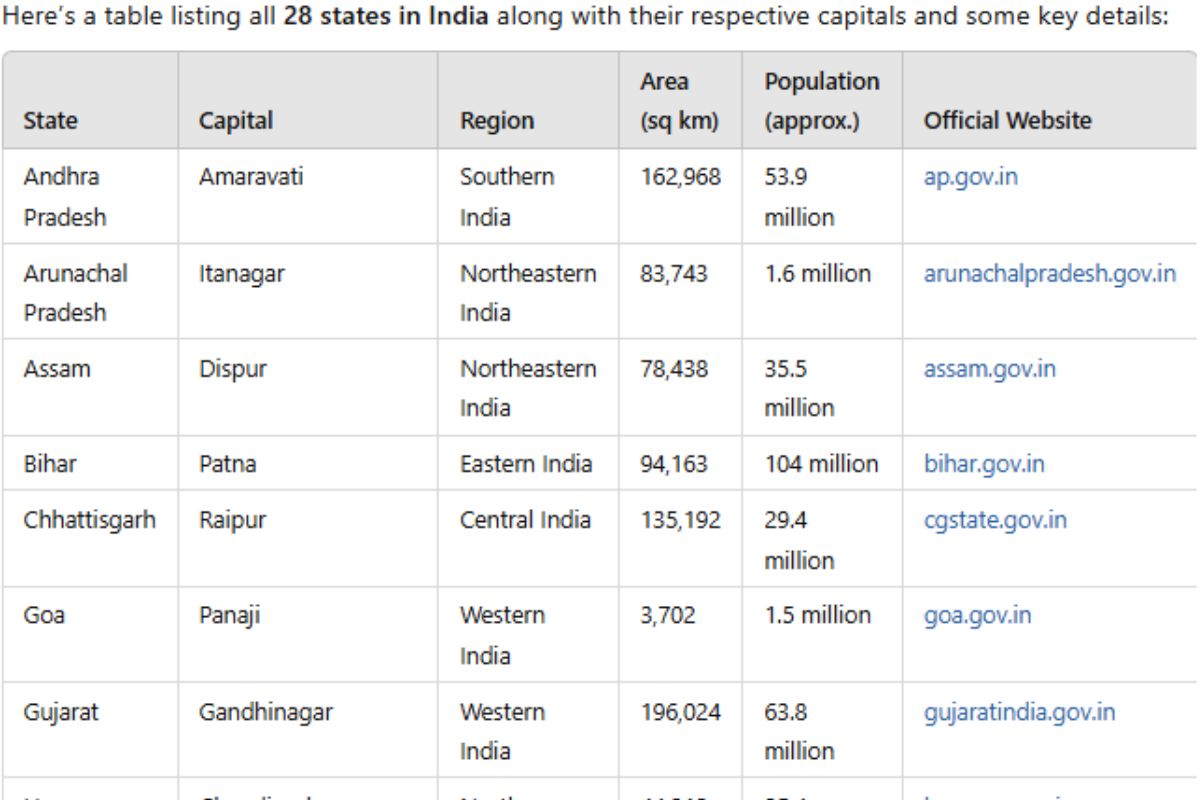Opening an online store in the USA involves several steps, from choosing a business model to legal requirements and setting up an online platform
If you’re considering opening an online store in the United States, this step-by-step guide will walk you through the process.
Step 1: Define Your Business Idea
Before diving in, you need a clear vision for your online store. Ask yourself:
- What products or services will you sell?
- Who is your target audience?
- What makes your store unique?
Having a well-defined business idea will guide your decisions throughout the process.
Also Read : Top 20 Highest Paying Jobs in the USA
Step 2: Legal Structure and Registration
Choose a legal structure for your business, such as a sole proprietorship, LLC, or corporation. Register your business with the necessary government authorities. You’ll also need an Employer Identification Number (EIN) from the IRS if you plan to hire employees.
Step 3: Select a Business Name and Domain
Pick a catchy and memorable name for your online store, then check domain name availability for your website. Ensure it’s unique and aligns with your brand.
Step 4: Obtain Required Licenses and Permits
Research local, state, and federal requirements for licenses and permits. Depending on your location and business type, you may need various permits to operate legally.
Step 5: E-commerce Platform Selection
Choose an e-commerce platform that suits your needs. Popular options include Shopify, WooCommerce, BigCommerce, and Magento. These platforms offer customizable templates, secure payment processing, and inventory management tools.
Also Read : Top 10 Dangerous city in USA
Step 6: Design Your Website
Customize your online store’s design to reflect your brand. Pay attention to user experience (UX) and mobile responsiveness, as many customers shop on mobile devices.
Step 7: Product Sourcing and Inventory Management
Decide how you’ll source products or services. You can manufacture your products, partner with suppliers, or use dropshipping. Implement an inventory management system to track and manage your stock efficiently.
Step 8: Payment Processing
Select a reliable payment gateway to securely accept payments. Ensure your store supports various payment methods, including credit cards and digital wallets like PayPal.
Step 9: Shipping and Fulfillment
Determine your shipping methods, pricing, and delivery times. Explore third-party fulfillment services or establish in-house fulfillment to meet customer expectations.
Step 10: Website Security and Privacy
Implement SSL encryption to protect customer data during transactions. Create a privacy policy to comply with data protection laws like GDPR and CCPA.
Step 11: Marketing and Promotion
Develop a marketing strategy to attract customers. Utilize techniques like SEO, social media marketing, content marketing, and paid advertising to drive traffic to your online store.
Step 12: Customer Support
Provide clear contact information and customer support options. Consider using chatbots or customer service software to assist customers promptly.
Step 13: Legal Compliance
Familiarize yourself with e-commerce laws, including sales tax regulations. Comply with consumer protection laws and regulations, such as those outlined by the Federal Trade Commission (FTC).
Step 14: Launch and Monitor
Test your website thoroughly before launching to ensure it functions correctly. Continuously monitor your online store’s performance, track sales, and gather customer feedback. Make improvements based on data and customer input.
Step 15: Scaling Your Business
As your online store grows, explore opportunities to expand your product offerings, marketing efforts, and customer engagement strategies. Consider additional sales channels like Amazon or eBay.
Step 16: Finances and Taxes
Keep accurate financial records and consult with an accountant or tax professional to understand your tax obligations and potential deductions.
Step 17: Customer Retention
Focus on building customer loyalty through exceptional service, personalized marketing, and loyalty programs. Encourage repeat business by offering discounts and incentives.
Opening an online store in the USA can be a rewarding journey with careful planning and execution. Stay informed about market trends, adapt to customer needs, and continuously refine your business strategies to succeed in the competitive e-commerce landscape.






